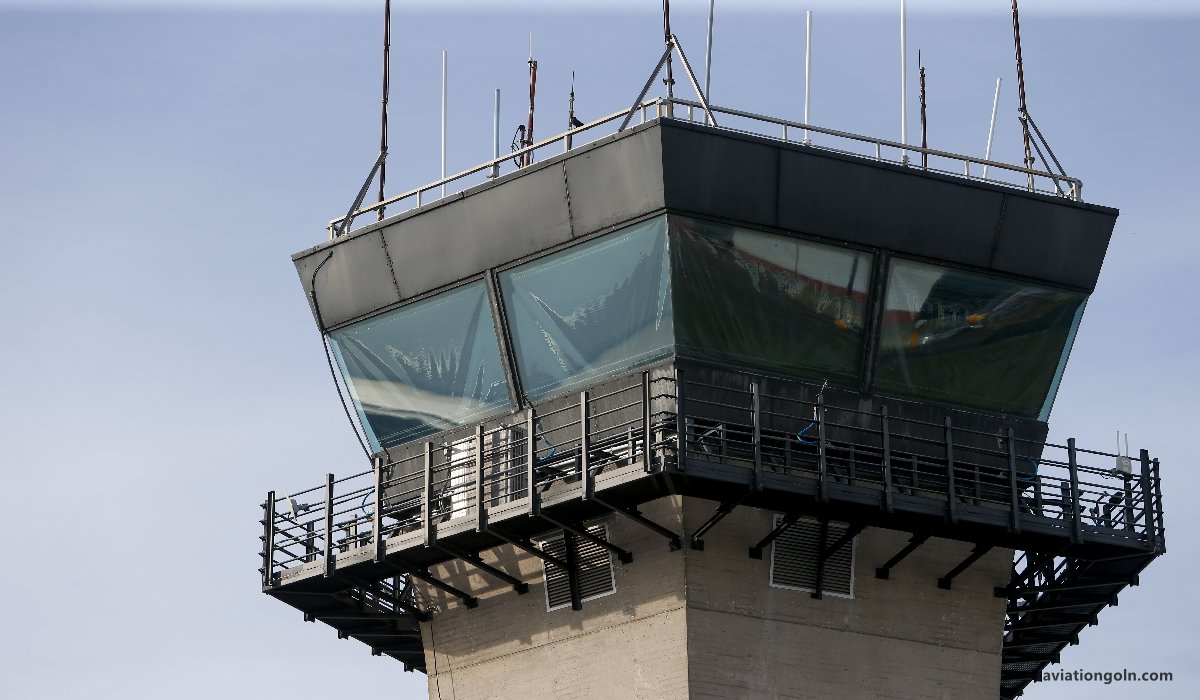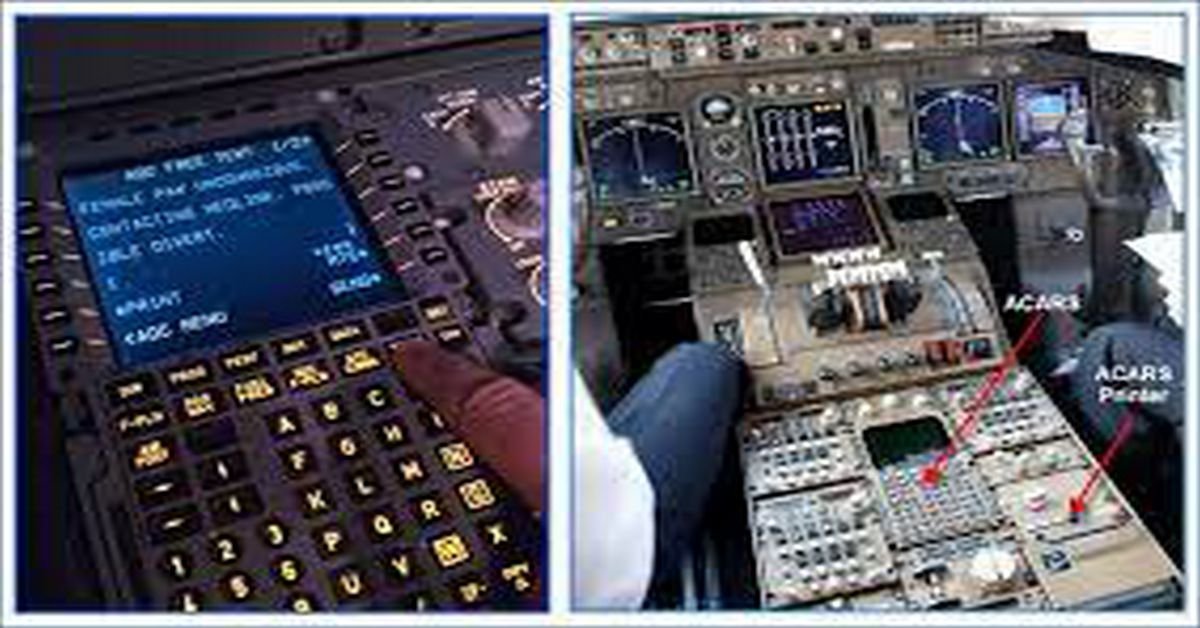Air Traffic Advisory Services (ATAS) play a critical role in the aviation industry, responsible for maintaining the smooth and safe operations of air traffic worldwide. They are a key component of the air traffic control system, providing aircraft pilots with essential information to aid them in making informed decisions about their flight paths. This article delves into the complexities and nuances of ATAS, highlighting their purpose, operation, challenges, and the technology that drives them.
Air Traffic Advisory Services: An In-Depth Overview
What are Air Traffic Advisory Services?
ATAS are designed to provide aircraft pilots with relevant and timely advice to ensure they navigate their routes safely and efficiently. These services are often employed in areas where air traffic control is not fully provided, such as uncontrolled or advisory airspace. Services range from providing information on other known traffic to weather conditions, runway status, and other critical flight details. The advisory service essentially enhances situational awareness, helping pilots avoid conflicts and navigate more confidently.

Roles and Responsibilities of ATAS
Air Traffic Advisory Services operate under the umbrella of Air Traffic Services (ATS), which also include Air Traffic Control (ATC) and Flight Information Services. While ATC has the authority to give instructions that pilots must obey, ATAS, on the other hand, provides advice and information. The main roles and responsibilities of ATAS include:
- Traffic Advisories: ATAS provides information to pilots about known or observed air traffic that may affect their current or planned flight path. This advisory helps maintain a safe distance between aircraft, thereby minimizing the risk of airborne collisions.
- Weather Information: ATAS gives updates on the weather conditions, helping pilots prepare for potential weather-related disruptions and making necessary changes to their flight paths or altitudes.
- Runway Status: ATAS advises pilots about runway conditions, including any maintenance work, obstacles, or other factors that could impact take-off or landing.
- Special Activity Airspace Information: ATAS informs pilots about areas with ongoing special activities like military training, paragliding, or drone operations that may affect normal flight operations.

Operating ATAS: A Typical Scenario
The operations of ATAS can best be understood through an illustrative scenario. Let’s consider an uncontrolled airfield where ATAS operates. As a pilot in the vicinity or intending to land at the airfield, you would communicate with the advisory service, giving them your location, altitude, and intentions. The ATAS operator would then provide advice based on your information, local traffic, weather, and any other relevant factors.

If there’s another aircraft nearby that could pose a potential risk, the operator would inform you, providing the aircraft’s location, direction, altitude, and type. You, as the pilot, would then use this information to maintain safe separation. Remember, ATAS provides advice, not instructions. Therefore, the decision on how to react to the advice given lies with you, the pilot.

Challenges in Air Traffic Advisory Services
Like any other aspect of air travel, ATAS faces its share of challenges. The quality and efficiency of the service largely depend on the expertise of the operators and the technological tools at their disposal. Here are some common challenges:
- Human Factors: ATAS heavily relies on human operators, making it susceptible to errors due to factors like fatigue, stress, or oversight.
- Technological Limitations: In regions where radar coverage or other advanced surveillance systems are unavailable or unreliable, ATAS may lack real-time, accurate information, which could potentially impact the advice provided.
- Communication: Effective ATAS operation hinges on clear and efficient communication. Any misunderstanding, language barrier, or communication equipment failure can compromise the quality of the service.

Technological Advancements in ATAS
Technology plays a critical role in enhancing the effectiveness and efficiency of ATAS. Innovations in surveillance technologies, like Automatic Dependent Surveillance-Broadcast (ADS-B), have significantly improved the real-time tracking of aircraft. ADS-B allows aircraft to determine their position via satellite navigation and periodically broadcast it, enabling them to be tracked.
Modern ATAS also utilizes sophisticated weather prediction and monitoring systems to provide accurate and timely weather information. Similarly, advancements in communication technologies have improved the clarity, reliability, and speed of communication between ATAS operators and pilots.

Air Traffic Advisory Services are an integral part of aviation safety, providing pilots with the vital information they need to make informed decisions. While ATAS comes with its own set of challenges, continuous technological advancements and operator training are making these services more effective and efficient.
For pilots, understanding how ATAS operates and how to utilize the information provided is crucial. Even though ATAS does not have the authority to give instructions like ATC, the advice given can be invaluable, particularly when operating in uncontrolled airspace or during periods of heavy traffic. By maintaining open communication with ATAS and responding appropriately to the advice given, pilots can significantly enhance the safety and efficiency of their flights.
Despite the technological advancements and automation in aviation, the need for human judgment remains essential. ATAS embodies this balance between human expertise and technology, and understanding this service can be immensely beneficial for anyone involved in the world of aviation. As we look to the future, we can expect that ATAS will continue to evolve, driven by new technologies and methodologies, ultimately contributing to safer and more efficient skies.
